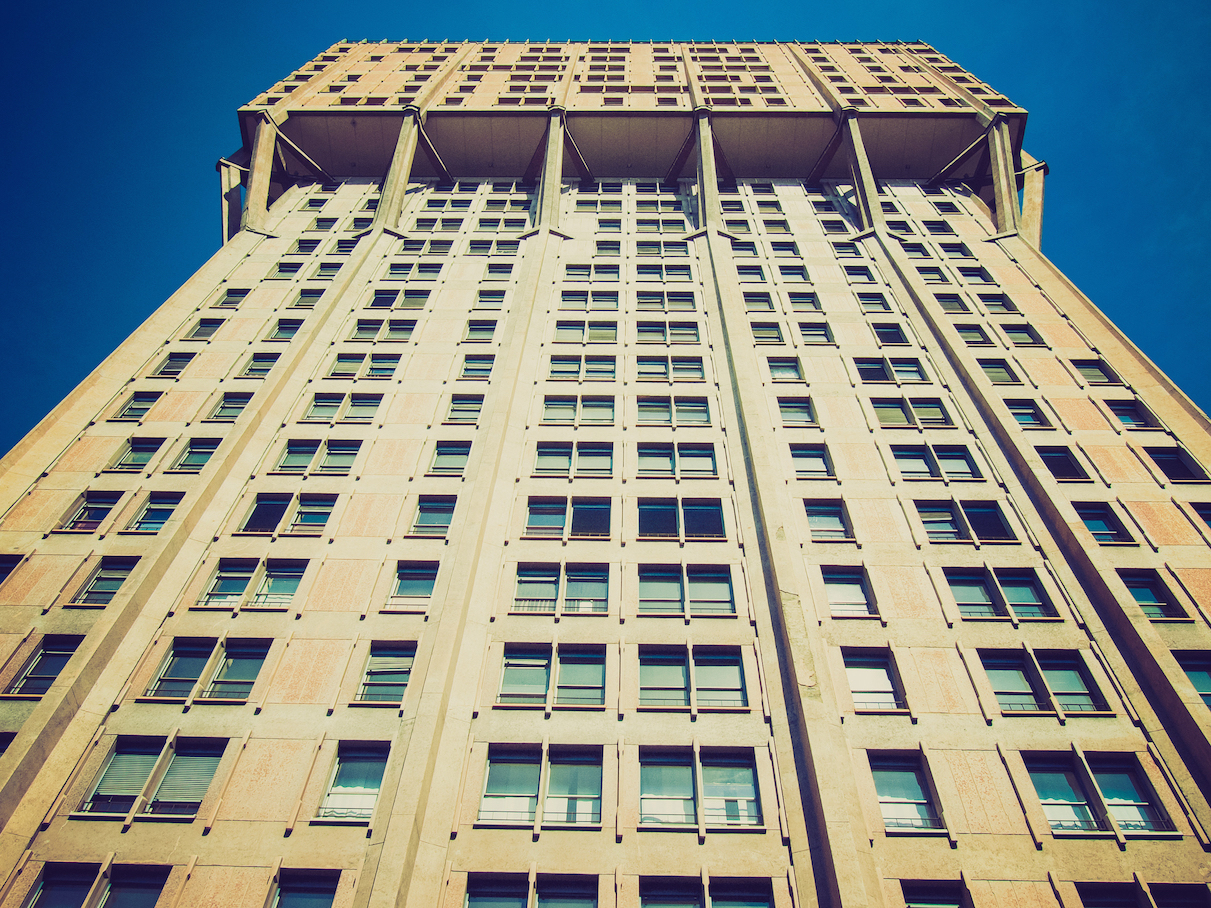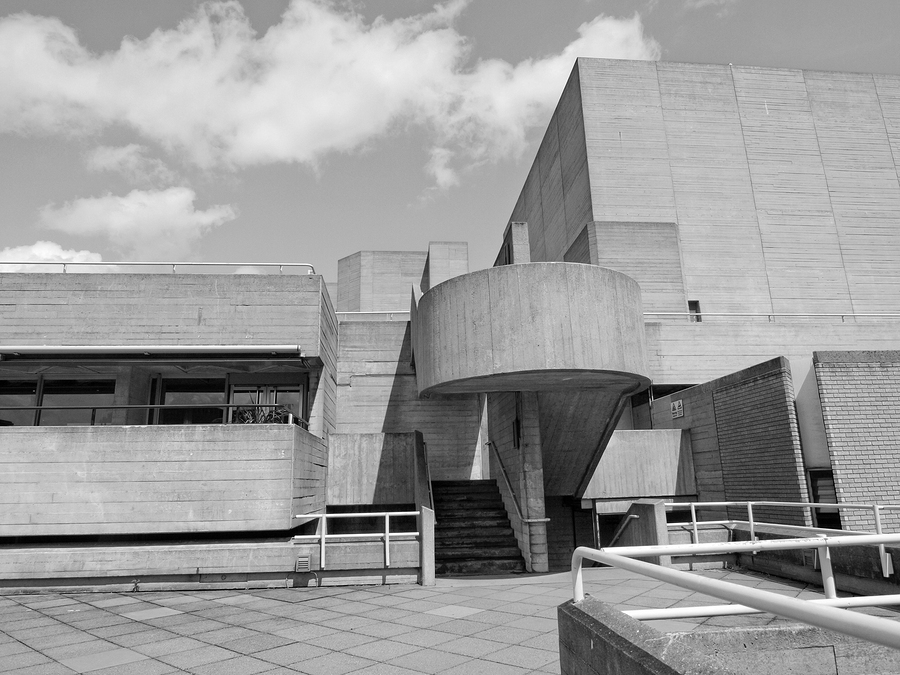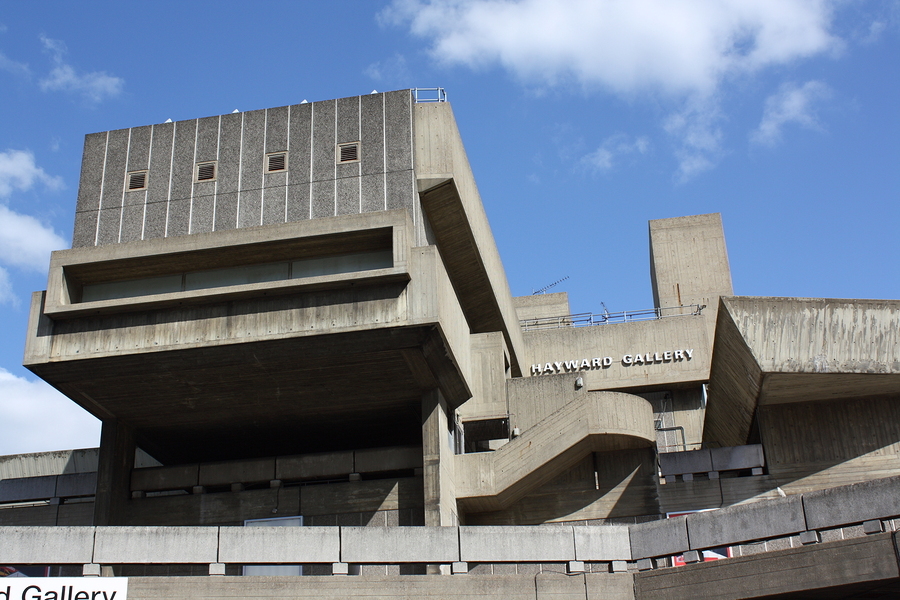One of the most divisive architectural movements in contemporary design is brutalist, which emphasises the uncompromising use of unpolished concrete. It is cold, unpleasant, and utilitarian to some, but honest, daring, and poetic to others. This blog explores the causes of popular disdain, the fundamentals of brutalism, widespread misunderstandings, and the reasons why opinions are changing as we become more aware of the aesthetic, cultural, and environmental diversity ingrained in these monolithic forms.
The History of Brutalist Iconization from “Béton Brut”
The French expression béton brut, which translates to “raw concrete,” is where the name “brutalism” originates, not ideas of brutality. Known for celebrating material authenticity—structures reduced to their unadorned, unpolished essence—it was first used in the early 1950s when Le Corbusier was designing the Unité d’Habitation. This trend was both practical and symbolic in the post-war era since concrete was inexpensive, widely available, and long-lasting, which made it perfect for extensive reconstruction. This style was adopted by public buildings such as libraries, universities, city halls, and housing complexes as a representation of ethical simplicity and unpretentious modernism.

Brutalist buildings like the Torre Velasca in Milan can be a bit intimidating.
What Causes the Hatred? Five Typical Remarks
Aesthetic Harshness
The outward impact of Brutalist architecture—many of which are forbidding, grey, and austere, resembling fortresses or bunkers—is largely responsible for the backlash. Their towering structures, repeated patterns, and commanding presence frequently convey a sense of fear or coldness rather than cosiness or beauty.
Aging & Maintenance Woes
Concrete is susceptible to deterioration. Internal steel may eventually develop rust streaks or discolouration due to water seepage, while dirt and moss give the surface an unsightly, neglected look. It is simple to see Brutalist landmarks as antiquated or decaying due to these visual defects, which contribute to popular contempt.
Cultural Connections
Brutalist architecture are often associated with alienating institutional settings, such as public housing projects, universities, and bureaucratic offices. The emotional resonance may be one of oppression or alienation when paired with the style’s popularity in authoritarian governments.
Sense of Inutility
Brutalist interiors are frequently criticised for being unusable because they are harshly acoustically and inadequately illuminated, and they might come out as impersonal, foreign, or lacking in humanity—an architectural philosophy that prioritises structural expression over human comfort.
Absence of Decoration
In a world where local materials, texture, and details are frequently used in architecture to convey identity, brutalist architecture’s homogeneous grey concrete might come off as emotionally and culturally cold.

The National theatre, also in London, might as well have been photographed in color, as many of these old buildings are shot on gloomy days to accentuate the dull appearance.
A Sustainable View on Preservation vs. Demolition
Civilisation is starting to recognise that tearing down Brutalist buildings is wasteful, to the extent that the creation of concrete and the deconstruction process generate enormous carbon emissions, as we place a greater emphasis on environmental responsibility. On the other hand, adaptive reuse respects architectural heritage, minimises building waste, and maintains embodied energy.
Although renovating Brutalist buildings has certain difficulties, such as modernising mechanical systems, enhancing accessibility, and fixing obvious flaws, the results are frequently more sustainable than demolishing them. Preservationists contend that the story surrounding “ugly old concrete” obscures the historical significance and environmental advantages that lie beneath the worn surfaces.

Credit: Erik Jepsen
Reappraising Brutalism: From Scorn to Celebration
Cultural Heritage & Historical Accuracy
Brutalism is gaining new fans, much like Victorian architecture did. Today’s audience yearns for architectural authenticity and integrity because of its unadulterated honesty, tactile materials, and raw geometry. Public view is being redefined by books, documentaries, and social media—using hashtags like #brutalism—which serve as a reminder that “ugly” can have value.
Innovative Adaptive Reuse
Reclaiming Brutalist spaces through projects like turning former government buildings into hotels or community centres demonstrates how dramatic aesthetics and practicality can coexist harmoniously. Concrete’s plasticity—its capacity to be softened, adapted, and given new uses without losing character—is demonstrated by real-world instances of adaptive reuse.
Emerging Eco-Brutalist Glasses
Eco-brutalism is a design movement that combines the hardness of concrete with the lushness of the nature. Vines scaling bare walls, greens covering facades, or incorporating living gardens into concrete buildings are examples of interventions that soften the design and make it more hospitable than early Brutalism ever intended. They display an incredibly captivating interaction between the harsh and the natural.

Image source: illustrarch.com
Myths Dispelled: Three Brutalism Myths That Are True
“Brutalism is simply cruelty.”
The phrase does not allude to violence, but rather to tangible authenticity (béton brut).
“It is poorly constructed and inexpensive.”
Deliberate creativity is evident in the formwork detailing, board grain textures, and tie-hole patterns found in many structures.
“They can’t be fixed.”
Many Brutalist buildings have been transformed into renowned landmarks by thoughtful repair, wonderfully conserving architectural heritage.
Conclusion
Surface-level reactions, such as intimidating mass, grey texture, and wear indicators, are frequently the source of the dislike of raw concrete and, by extension, brutalist design. A tale of architectural integrity, historic expression, and sustainable opportunity, however, is waiting to be told if we look past the dirt, the fractures, and the shadows.
Take a moment the next time you pass a Brutalist wonder. Listen to the concrete; it has a much more complex architecture than “ugly grey box” hidden inside its grain, geometry, and history.
For more blogs like this CLICK HERE!
Reference
Brutalist architecture: Love it or loathe it? – DW – 02/25/2025
Concrete Controversies and the Unpacking of Brutalist Architecture Criticisms | New York Spaces





